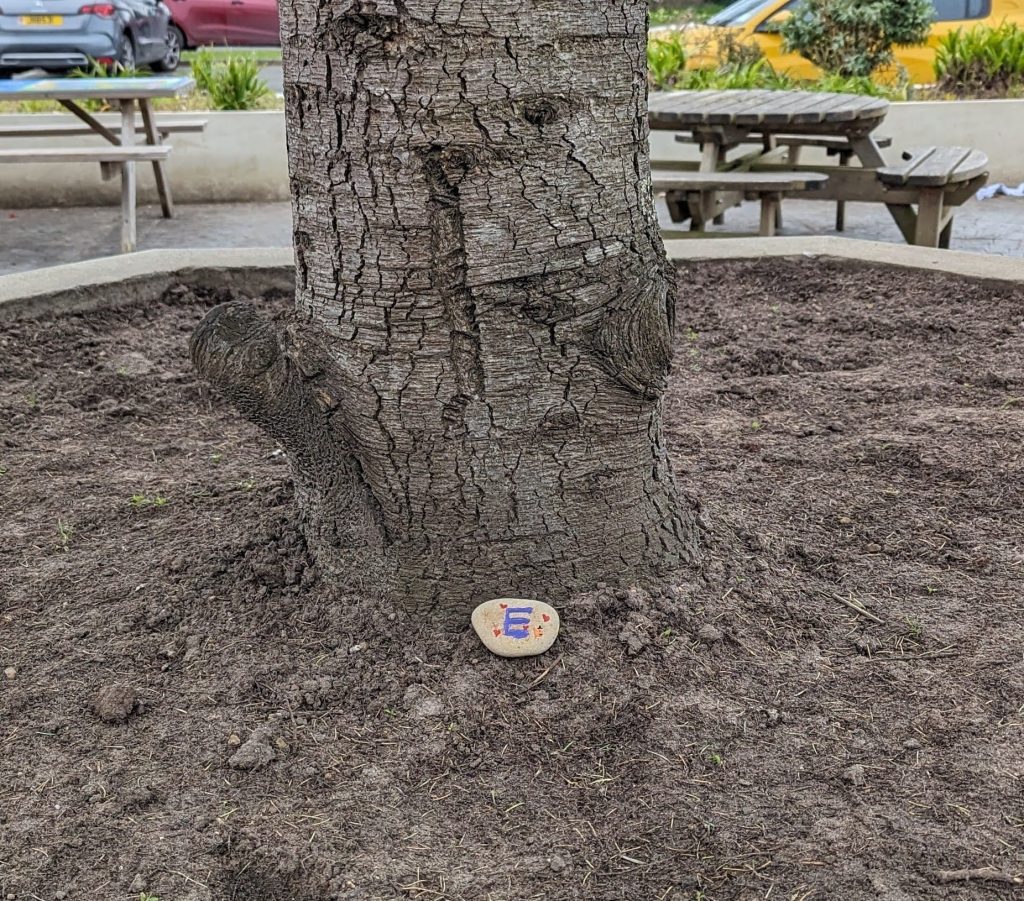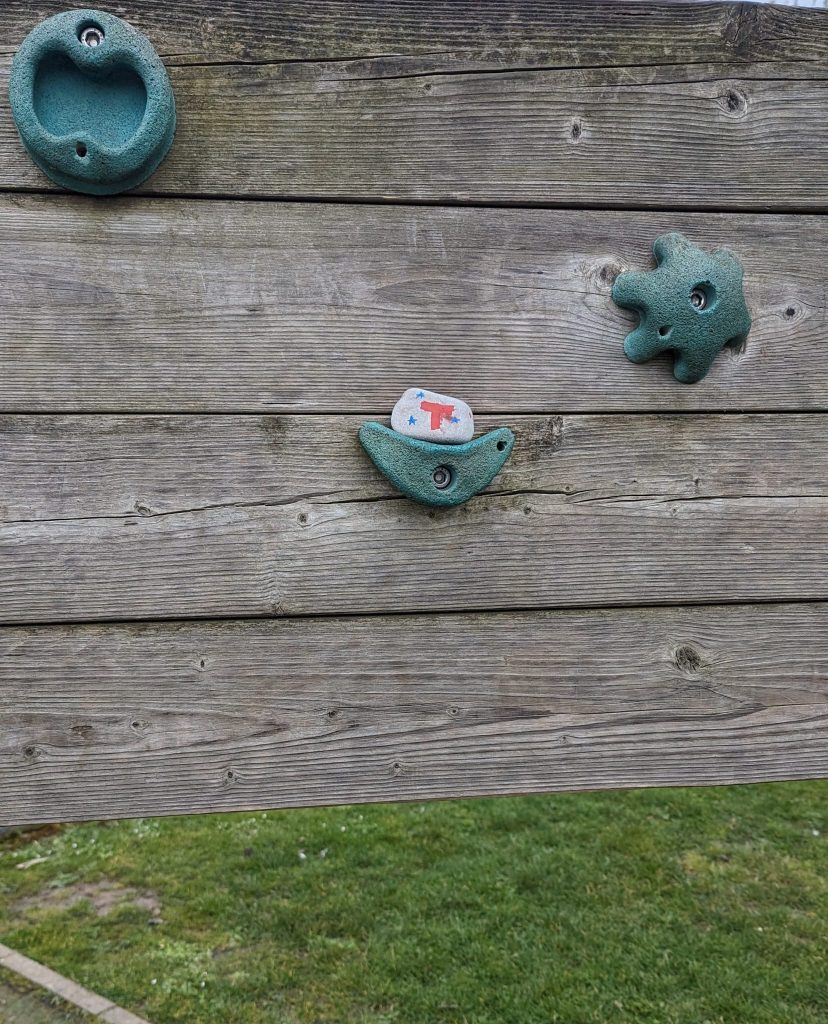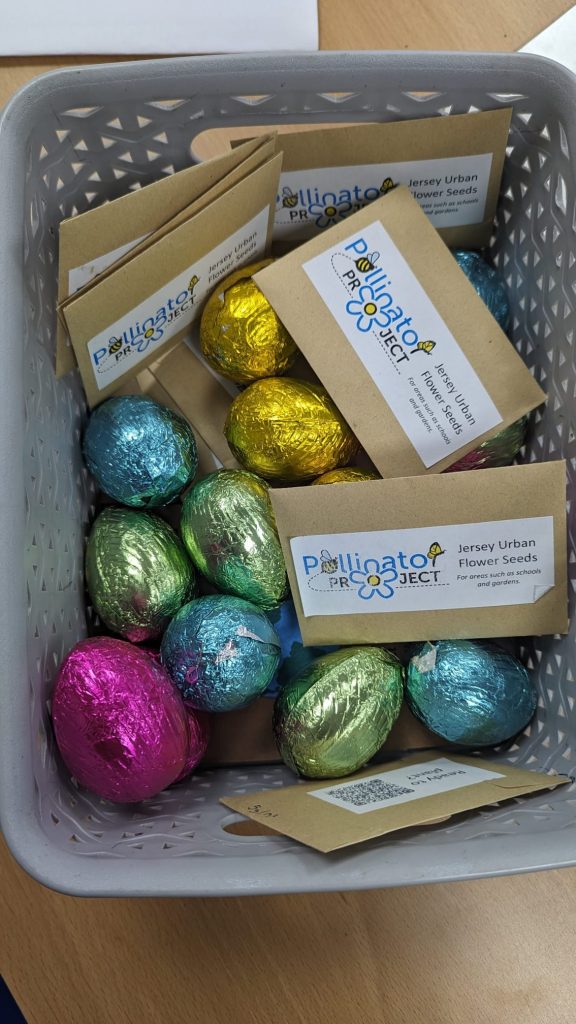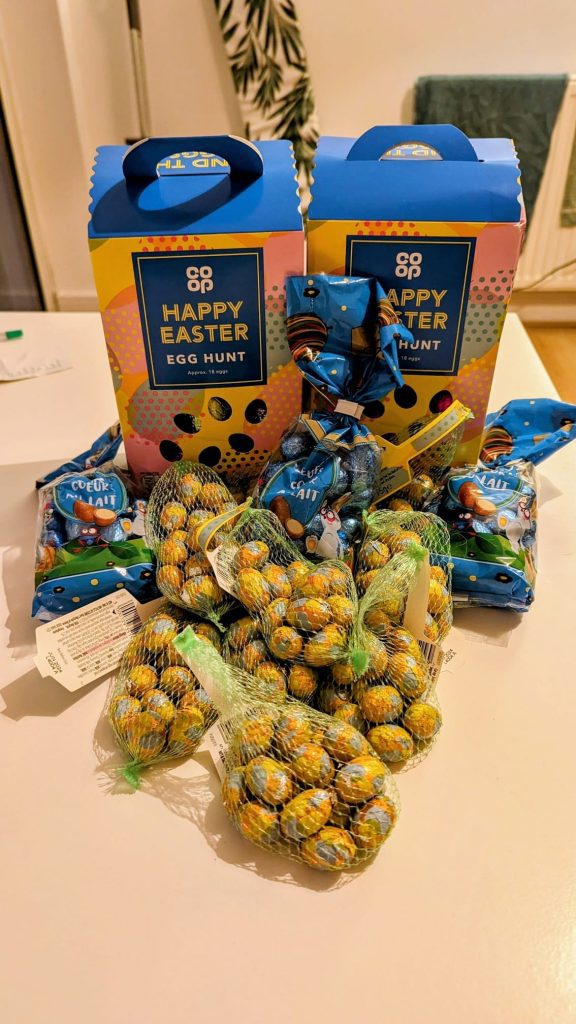When schools think of gamification, they tend to fall into one of two categories: house points or apps. For adults, games for children often conjure images of Fortnite rather than a simple game of tag. But organizing an environmentally focused scavenger hunt at a school proved to me that the basics of gamification are still at the top of kids’ fun lists—and can be applied with novelty and at a low cost.
About the Scavenger Hunt Game
This Easter-themed eco hunt was designed and led by the school’s eco club, who came up with the idea to engage students in environmental awareness through play.
The riddles, created by the students themselves, were hidden around the school. For example, one clue led to the “MAD room,” challenging teams to solve puzzles and find their next location.



Logistically, the hunt was a large-scale operation: 180 children participated, with teams of two to four players. The event was inclusive, welcoming SEN and pupil premium (PP) students, and open to years 3, 4, 5, and 6. Only three year-six students chose not to participate—a level of engagement I’ve rarely seen in a classroom setting.
Academic Aims and Outcomes
The scavenger hunt was more than just a game; it was a lesson in problem-solving. Each riddle solved provided a clue to find a letter, and teams had to rearrange these letters as an anagram to find the winning word. The hunt required physical activity, as students searched the school grounds, but was carefully planned to avoid disrupting other classes. Notably, there were no injuries requiring first aid.
The outcomes were impressive. Students demonstrated better listening skills, a sense of achievement (even if they weren’t the first to solve the anagram), and an understanding of sportsmanship. The event ran from 8:30 AM to 10:30 AM, and students showed improved focus for the rest of the day.
Learnings from Organizing a Scavenger Hunt at Scale
One key learning was the general lack of support from other teachers and senior staff—a reminder that trying something new in a school often means going it alone. Teachers underestimated their students’ abilities, worrying the riddles would be too hard. In reality, all teams succeeded, with very few needing help, regardless of their year group.
The hunt fostered self-confidence and inclusivity. It showed that when students are trusted with responsibility and creativity, they rise to the challenge.
Conclusions and Recommendations
This scavenger hunt demonstrated that gamification in schools doesn’t require expensive technology or elaborate systems. Simple, well-designed games can engage students, teach valuable skills, and build confidence. The experience highlighted the importance of giving students ownership and trusting their abilities.
For the future of learning, this event suggests that hands-on, playful experiences can be powerful tools for engagement and growth. Schools should consider embracing more low-cost, student-led gamification initiatives to unlock their students’ potential.
The Prizes:


